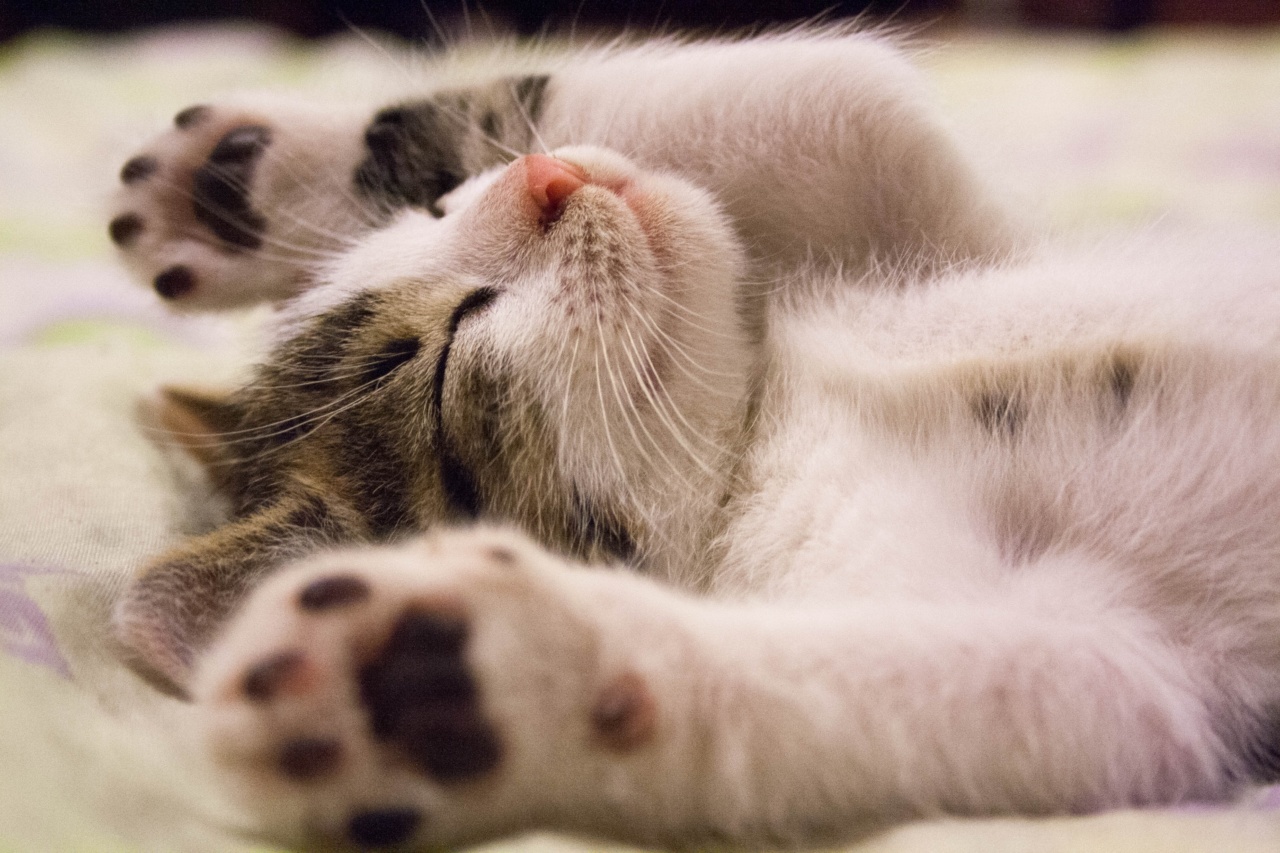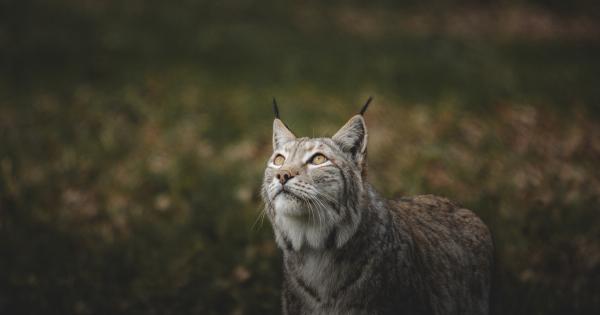Have you ever wondered why cats seem to possess an uncanny ability to navigate perfectly in the dark or detect the slightest movement? A key factor behind their exceptional sensory perception lies in their extraordinary whiskers or vibrissae.
Whiskers are not just a cute feature on a feline’s face; they serve as incredible sensory tools that allow cats to perceive their surroundings in ways that humans can only dream of.
What Are Whiskers?
Whiskers, scientifically known as vibrissae, are long, thick, and stiff hairs that protrude from various parts of a cat’s body, including their cheeks, above the eyes, and on the back of their front legs.
These specialized hairs are deeply rooted in nerve-rich follicles, making them highly sensitive to even the slightest touch or movement in the surrounding environment.
Whiskers as an Extension of Touch
Contrary to popular belief, whiskers are not just used for balance. They serve as an extension of a cat’s sense of touch, providing them with crucial information about their immediate surroundings.
Each whisker is innervated by sensory cells that can detect changes in air currents and even the tiniest vibrations in their environment. This enables cats to understand the shapes, movements, and textures of objects without having to rely solely on their vision.
The Functionality of Whiskers
Whiskers perform a multitude of functions that contribute to a cat’s overall sensory experience. Here are some remarkable ways in which feline whiskers come into play:.
1. Navigation in the Dark
Whether your feline friend is prowling through the house while you sleep or exploring the great outdoors at night, their whiskers play a significant role in helping them navigate through dark spaces.
By brushing against objects, walls, or furniture, the whiskers vibrate and alert the cat to the presence of potential obstacles or changes in their surroundings. This adaptation is particularly useful because cats have poor night vision compared to humans.
2. Hunting and Capturing Prey
Whiskers are invaluable tools for cats when it comes to hunting and capturing prey. They help determine the exact location and movement of small animals, even when they are hidden from sight.
When stalking, the whiskers adjust and extend forward, gauging the distance between the predator and the prey. This aids in calculating precise leaps and pounces, increasing the chances of a successful capture.
3. Assessing Space and Navigating Small Openings
Have you ever seen a cat expertly maneuver through narrow alleyways or squeeze into tight spaces effortlessly? Their whiskers offer spatial awareness that allows them to estimate whether they can fit through a particular opening.
As the whiskers touch the sides of an opening, the cat can determine whether it is wide enough for them to pass without getting stuck.
4. Expressing Emotions and Mood
Whiskers also play a role in non-verbal communication among felines. When a cat is content, relaxed, or at ease, their whiskers are usually extended sideways.
On the other hand, when a cat feels threatened, fearful, or agitated, their whiskers retract slightly, signaling their mood to other cats or even their human companions.
5. Detecting Air Currents and Changes in Temperature
Due to their remarkable sensitivity, whiskers also assist cats in detecting changes in air movement and temperature.
Cats can sense subtle air currents, providing them with information about the location of hidden objects, potential danger, or even approaching prey. This heightened awareness allows cats to plan their movements with precision and react swiftly to any sudden changes in their environment.
6. Prevention of Touching Sensitive Areas
Whiskers not only detect objects around a cat but also help prevent contact with sensitive parts of their body.
The length and placement of the whiskers allow a cat to gauge their proximity to objects without having to bring them too close to vulnerable areas like their eyes or nose. This helps in avoiding potential injuries or accidental contact with harmful substances.
7. Enhancing Social Bonding
Whiskers are not only functional but also serve a social purpose among cats. When two friendly cats greet each other, they often touch their whiskers together as a gesture of friendship and trust.
This interaction strengthens their social bond and allows them to exchange additional communication signals that may not be perceptible to humans.
8. Indicating Overall Health and Well-being
In addition to their role in communication, whiskers can also indicate a cat’s overall health and well-being. If a cat’s whiskers appear stunted, damaged, or break easily, it may indicate nutritional deficiencies or underlying health issues.
Regularly observing the condition of a cat’s whiskers can provide insights into their general state of health.
9. Sensing Environmental Changes
Whiskers are so sensitive that they can detect even minute changes in the surrounding environment. Cats can sense changes in air pressure, humidity, or the movement of objects as slight as a hair’s breadth.
This heightened awareness helps them prepare for a potential threat or respond to changes in weather conditions.
10. Providing Emotional Support
It’s no secret that the act of stroking a cat’s whiskers can have a calming effect on both the cat and the person involved.
The gentle touch stimulates the nerve endings in the whiskers, triggering a release of endorphins in the cat’s brain. This soothing response can provide emotional support and even help alleviate stress and anxiety in both cats and humans.
Conclusion
Feline whiskers are truly remarkable sensory tools that give our furry friends an incredible advantage in perceiving and understanding their environment.
From aiding in navigation, hunting, and social bonding to expressing emotions and detecting environmental changes, whiskers play a pivotal role in a cat’s daily life. As cat owners, it is important to recognize and appreciate the sensory superpowers that lie within these seemingly ordinary facial features.
So, next time you come across a cat with its whiskers extended, remember the extraordinary abilities hiding within those fine, delicate hairs.































